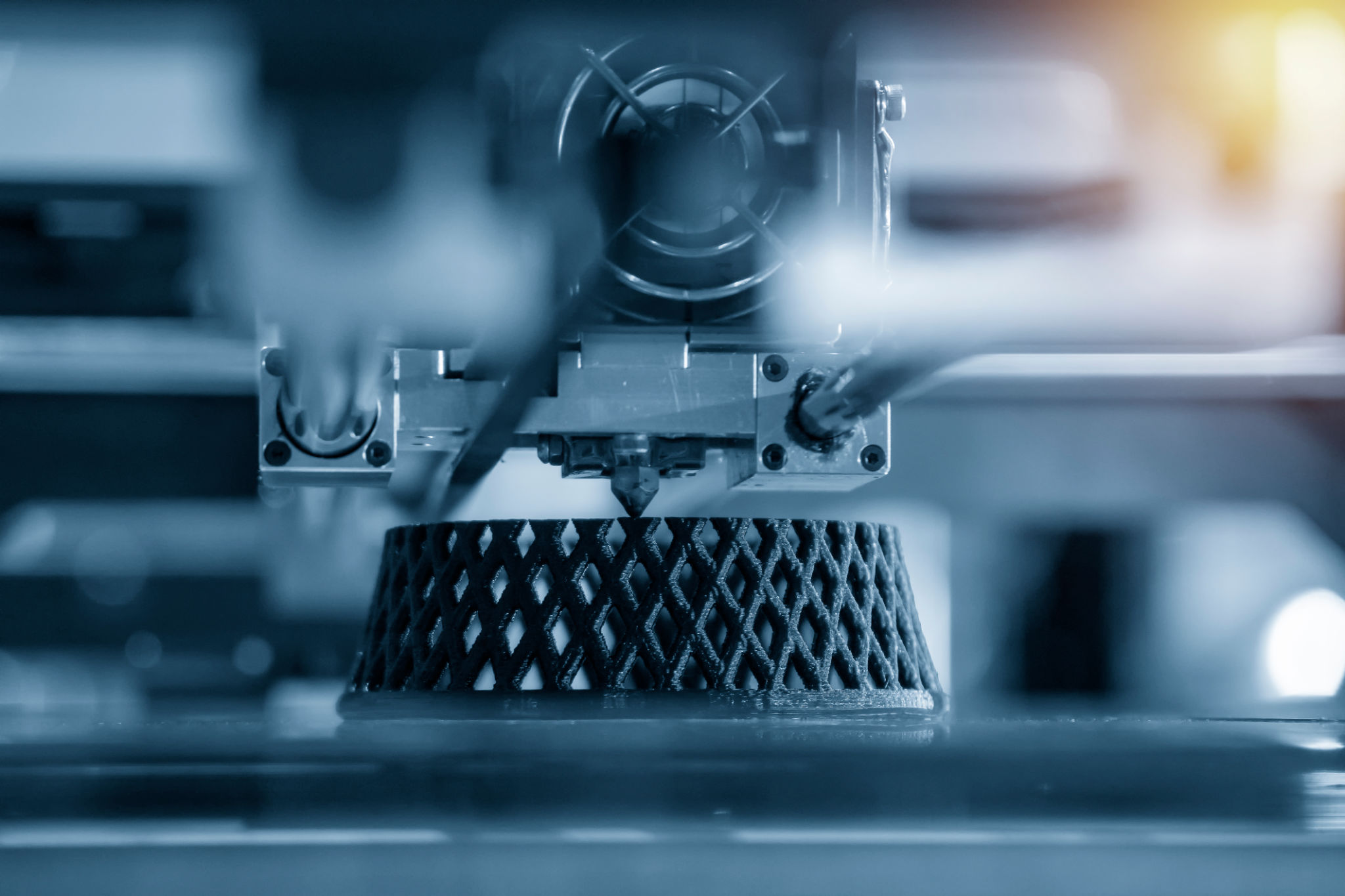Case Study: How Rapid Prototyping Transformed a Local Wilmington Business
Introduction to Rapid Prototyping
In the fast-paced world of business, time is often as valuable as money. For many local businesses, staying competitive means staying ahead of the curve. Rapid prototyping has emerged as a game-changer, offering a way to quickly iterate and refine products or services. This case study explores how a local Wilmington business leveraged rapid prototyping to transform its operations and achieve remarkable success.

The Challenge Faced by the Wilmington Business
Like many small businesses, this Wilmington-based company was struggling with long product development cycles. The traditional methods they used were not only time-consuming but also costly, resulting in delayed market entries and lost opportunities. They needed a solution that would allow them to innovate swiftly without compromising quality.
Understanding Rapid Prototyping
Rapid prototyping is a method used to quickly fabricate a scale model of a physical part or assembly using three-dimensional computer-aided design (CAD) data. It involves various techniques like 3D printing, CNC machining, and more. By utilizing these technologies, businesses can quickly create prototypes to test functionality and design before committing to full-scale production.
Implementing the Solution
The Wilmington business decided to partner with a local technology firm specializing in rapid prototyping. The collaboration allowed them to design and test multiple iterations of their products at a fraction of the usual time and cost. This agile approach enabled them to identify potential flaws early in the development process, ensuring that only the best versions reached the market.

Benefits of Rapid Prototyping
The advantages of rapid prototyping became evident almost immediately. Some key benefits included:
- Speed: The time from concept to prototype was significantly reduced, allowing for quicker market entry.
- Cost-effectiveness: Lower costs associated with materials and labor meant more resources could be allocated to other areas of the business.
- Flexibility: The ability to quickly make changes and improvements without major disruptions.
Impact on Business Growth
The impact of adopting rapid prototyping was transformative for the Wilmington business. Not only did it enhance their product development process, but it also improved customer satisfaction. By delivering high-quality products faster, they were able to expand their market share and increase their competitive edge.

Customer Feedback and Iteration
Customer feedback played a crucial role in refining the prototypes. With rapid prototyping, feedback could be quickly incorporated into the design process, allowing for continuous improvement. This customer-centric approach resulted in products that better met market demands and expectations.
Conclusion: A Model for Success
This case study highlights how rapid prototyping can be a powerful tool for businesses looking to innovate and succeed in today’s competitive landscape. For the Wilmington business, it was not just about adopting new technology; it was about embracing a new mindset focused on agility and continuous improvement. As more businesses consider similar strategies, rapid prototyping could very well become a cornerstone of modern business practices.
